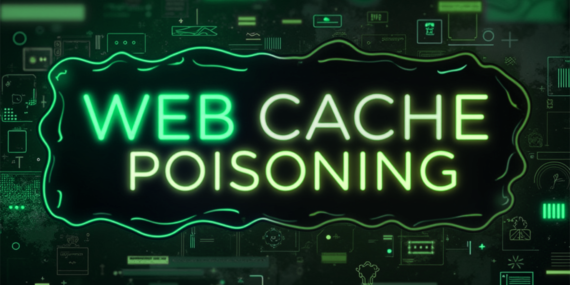DLL Injection – A Red Teamer’s Guide to Covert Code Execution
In red teaming, stealth is everything. The moment your tools are caught, your operation is over. Red teamers don’t just launch malware – they blend into trusted processes, borrow privileges, and move silently. One of the most effective ways to do this is DLL injection. This guide covers what DLL injection is, how it works,…










